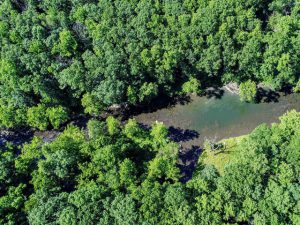Focus

Nearly 70% of Indonesia’s territory is forested. However, of the 130.7 million hectares of forest area only 14.2 million hectares have been gazetted as state forest.1 Forest areas are managed by the government, companies that have utilization permits, and local communities. In line with that the number of conflicts between rights holders and local communities continues to grow, moreover because 126.8 million hectares of forest area are claimed by indigenous peoples.2
With overlapping land claims, the granting of concessions to forest areas and plantations have led to increasingly conflict with the community. Therefore, it is not surprising that the incidence of conflicts in forest concessions and plantations in Indonesia are the highest in the world.3
World Bank melaporkan bahwa dari 25 juta ha kawasan hutan di Indonesia, lebih dari 20% sedang berada dalam situasi konflik yang melibatkan 20.000 desa.4 Land ownership conflicts have had a negative impact on 60 to 90 million people whose livelihoods depend on forest areas.5 Uncertainty of land rights are disrupting the lives of people living in and around forest areas and threaten the sustainability of their cultural identity, social life, economic welfare and food security.
According to the UNDP report, in a period of one year (2013-2014) forestry conflicts have caused losses valued at around USD 35 million in 12 provinces.6 Land conflicts also have an negative impact on the environment, because it can hamper efforts to overcome deforestation and have caused forest fires.
